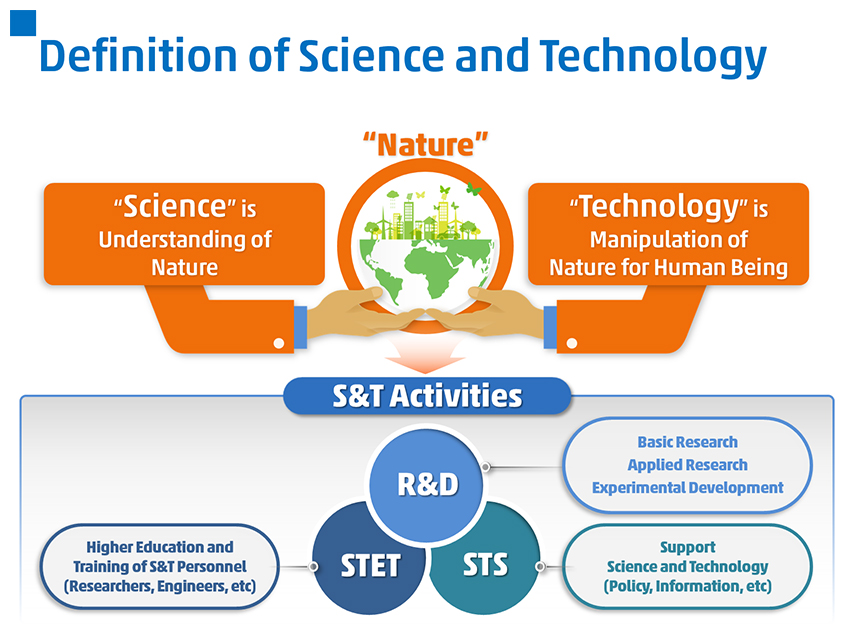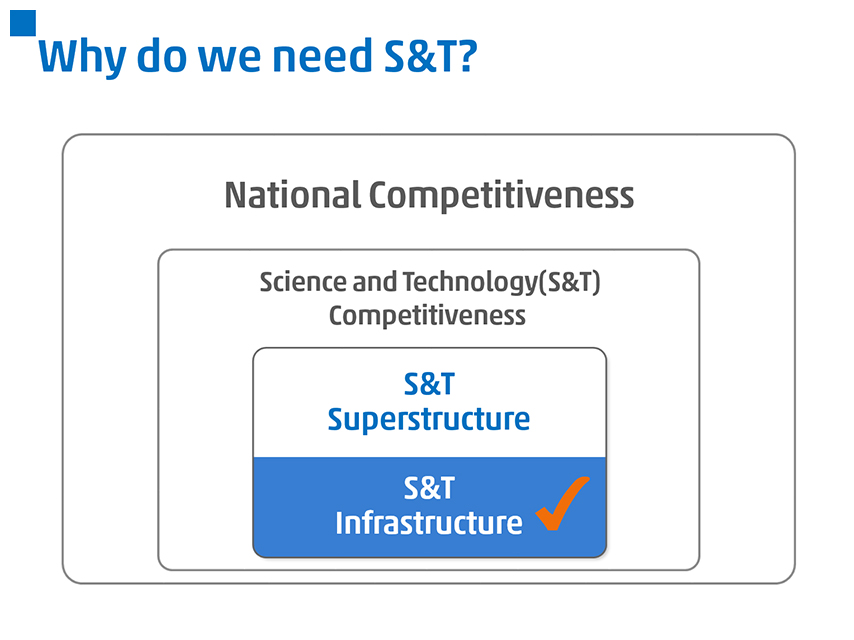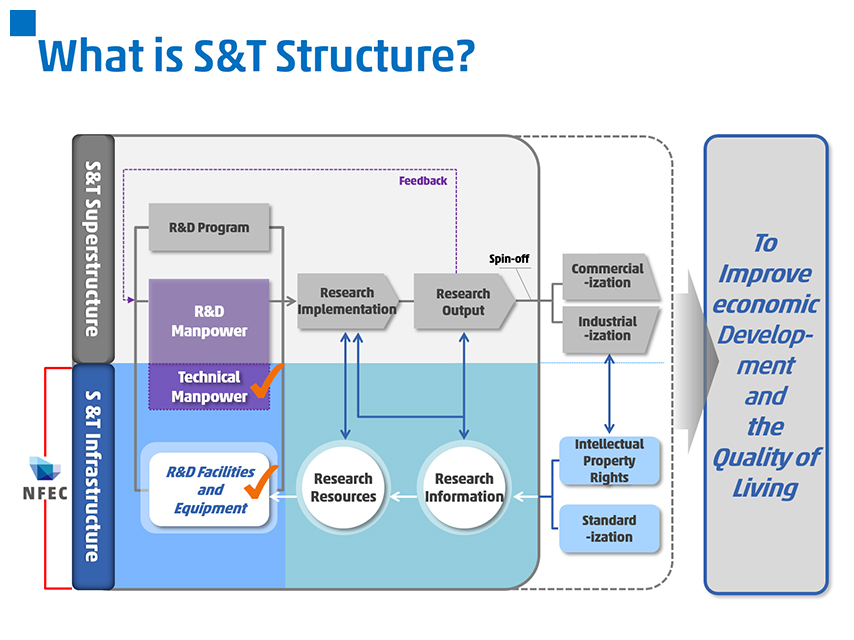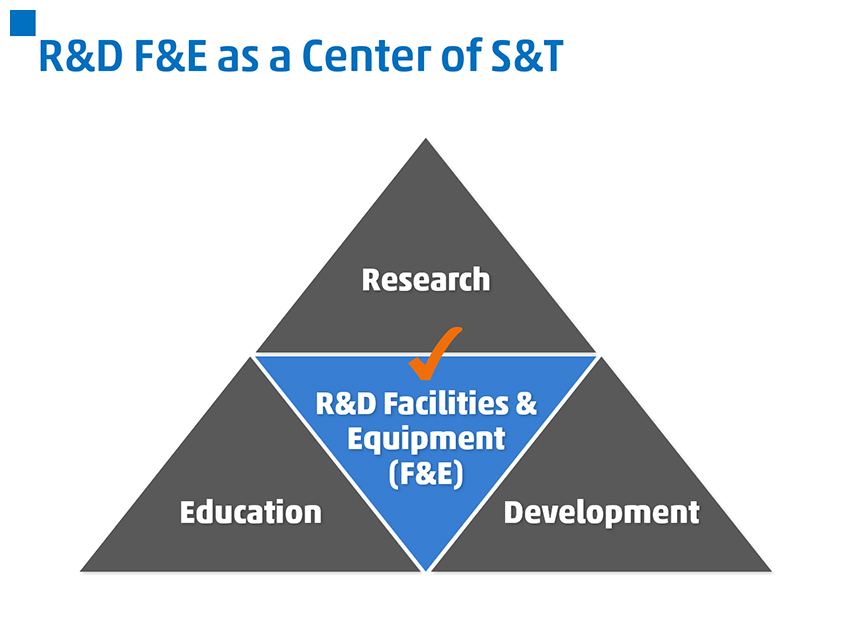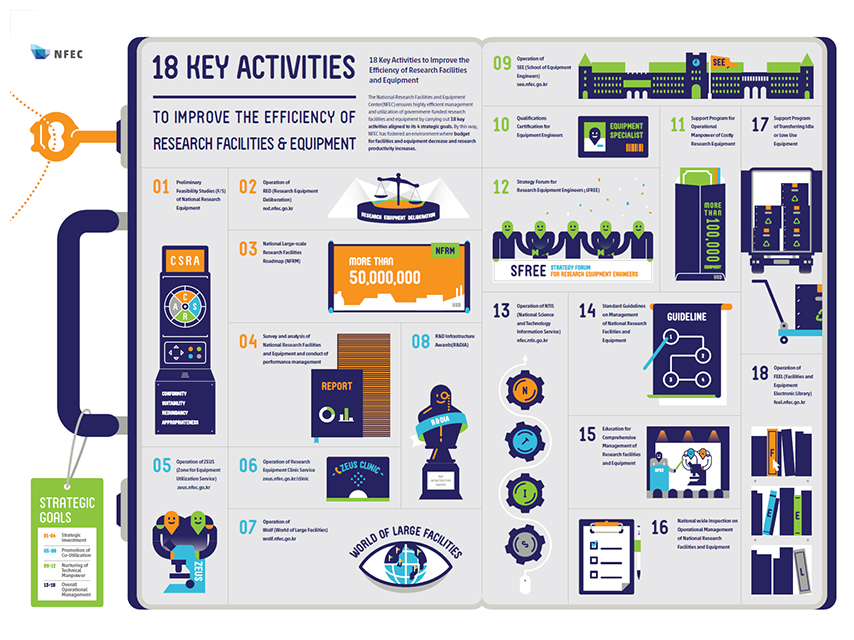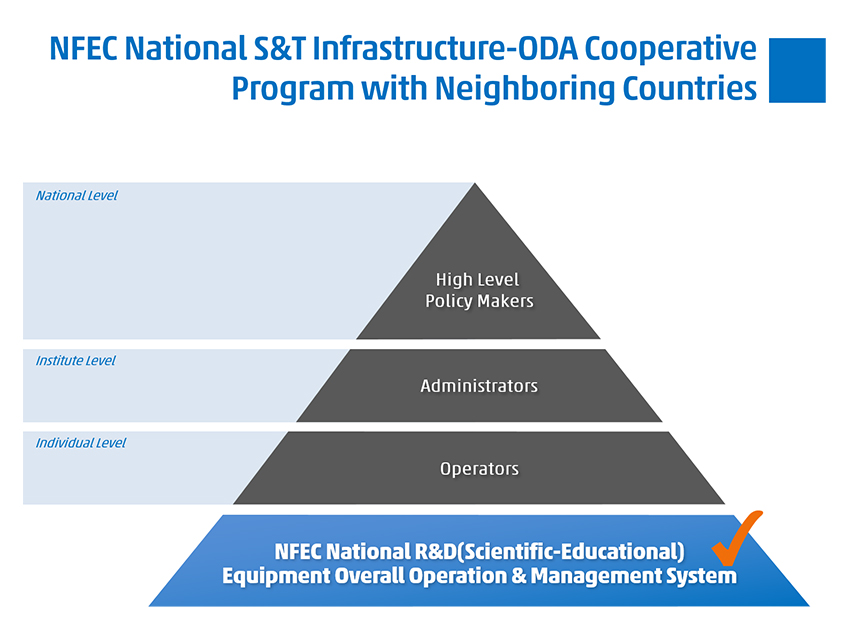Scientific Research Equipment and Official Development Assistance(ODA)
Support Program for F&E and ODA
OECD/DAC defines ODA as those flows to countries and territories on the DAC List of ODA Recipients and to multilateral institutions which are:
- Ⅰprovided by official agencies, including state and local governments, or by their executive agencies; and
- Ⅱeach transaction of which:
- a)is administered with the promotion of the economic development and welfare of developing countries as its main objective; and
- b)is concessional in character and conveys a grant element of at least 25%
Want to know about S&T Infrastructure?
For full(19 Slides) version of PDF File, please feel free to download.
Want to know about NFEC National S&T Infrastructure-ODA Cooperative Program?
- Program for High Level Policy Makers
-
NFEC S&T Infrastructure Innovation Program for High Level Policy Makers
- A. (Discussion)Korean S&T Development Experiences and Implications
- B. (Special Discussion)1st S&T Policy Maker from Korea
- C. (Discussion)Major Issues, Processes of NFEC Establishment back in 2009
- D. (Discussion)Introduction of NFEC Core Activities
- E. (Study Visits)Korea’s Industry-University-Research Institute
- F. (CEO Meetings)Korea’s Industry-University-Research Institute
- G. (Presentation)Country Reports from Participating Countries
- H. (Presentation)Action Plans from Participating Countries
- Program for Administrators
-
NFEC National R&D Infrastructure Program For Administrators
- National S&T Infrastructure Policy Activities
- Research Facilities and Equipment(F&E) Ethics
- Research F&E Planning
- Research F&E Introduction
- Research F&E Registration
- Research F&E (Co) Utilization
- Research F&E Operation
- Research F&E Disposal
- Program for Operators
-
NFEC National R&D Infrastructure Program for MRO(Maintenance & Repair Operator)
Maintenance/Repair Education
Period 1,800 Hours(1 year) Basic Education
(204 Hours)Equipment Safety, Basic Science Theory General Education
(450 Hours)Core Equipment Theory & Exercise Specialized Education
(1,146 Hours)Selective Equipment Maintenance/Repair Theory & Exercise, Project Participation, On-site Training Operation Education
Period 1,800 Hours(1 year) Basic Education
(204 Hours)Basic Science Theory General Education
(450 Hours)Core Equipment Theory & Exercise, Selective Equipment Exercise Specialized Education
(1,146 Hours)On-Site Job Training, Study Visits *Can be customized based on the needs and demands
*Link: 20 Core R&D Equipment
- National S&T Innovation Consulting
-
National S&T Innovation & Consutlation
- Systematic national R&D program management system for top leaders, policy makers and decision makers(education, training & consultation)
- Sharing history and current statues of Korean S&T planning, implementation, evaluation, management and performance measurement
- National level, ministry level, province level of national R&D program management, fact finding survey-analysis on national R&D program and consultation on urgent national S&T issues
- Standardization, priority setting on national R&D program planning, management and evaluation
- Build the S&T based National Innovation System(NIS) and furthermore
- National S&T infrastructure(R&D facilities and equipment) planning, implementation, evaluation, management and performance measurement
- Previous Experiences: consultation with Ministry of Science & Technology of Vietnam(2006), consultation with Ministry of Planning of Cambodia(2013)
- Systematic national R&D program management system for top leaders, policy makers and decision makers(education, training & consultation)
Want to know about WOLF and ZEUS of Korea for International Users?
- Open Access of World of Large Facilities(WOLF)
-
Open Access of World Of Large Facilities(WOLF),
Korea for International Userswolf.nfec.go.kr132Large Facilities(As July, 2015)
12 Big Science and Technology Classification(Aerospace, Astronomy, Ocean, Polar, Life, Atomic Power, Nuclear Energy, Accelerator, IT, Climate, Machinery, Construction/Transportation)
- Operation :113Facilities
- Under Construction :17Facilities
- Decommissioning :2Facilities
Please do not hesitate to contact us during anytime for any inquiry or comment at thomasyoun@nfec.go.kr
- Zone for Equipment Utilization Service(ZEUS)
-
Open Access of Zone for R&D Equipment Utilization Service(ZEUS),
Korea for International Users- Accessible Number of R&D Equipment: 53, 649
- Total Number of Participating Organizations: 2,513
(As July, 2015) - www.zeus.go.kr(Only in Korean)
Please do not hesitate to contact us during anytime for any inquiry or comment at thomasyoun@nfec.go.kr
Want to know about 20 Core R&D Equipment from SEE*?
*School of Equipment Engineers
- Microscope Analysis
-
Microscope Analysis
- 1. Scanning Electron Microscope (SEM)
Equipment for observation of fine structure, analyzing the structure and quantity of surface of the substance by using X-ray energy with own characteristics.
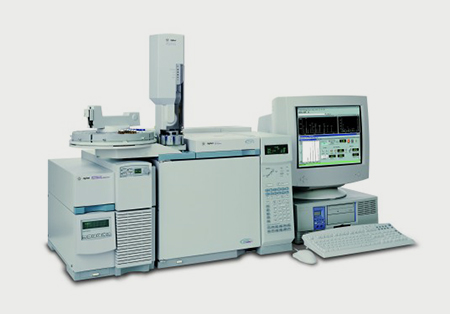
- 2. Transmission Electron Microscope(TEM)
Equipment for observation of fine structure, analyzing the structure and quantity of surface of the substance by using X-ray energy with own characteristics.
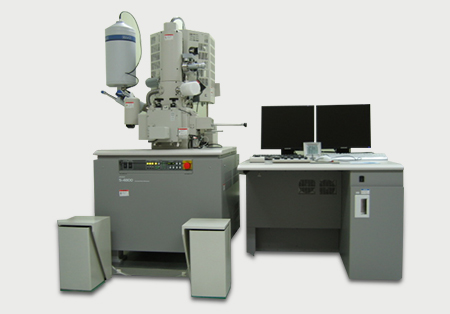
- 3. Scanning Probe Microscope (SPM)
Equipment of the Atomic Force Microscope(AFM) and Scanning Tunneling Microscope(STM), that use a probe or sharp tip to create an image of a sample by scanning its surface and recording the resulting interaction
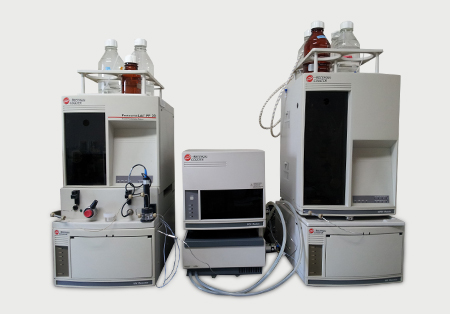
- 4. Confocal Laser Scanning Microscope(CLSM)
Equipment for analyzing HD 2D/ 3D video, video of living cell, transferring of ion and oxygen free radical by using confocal laser microscope
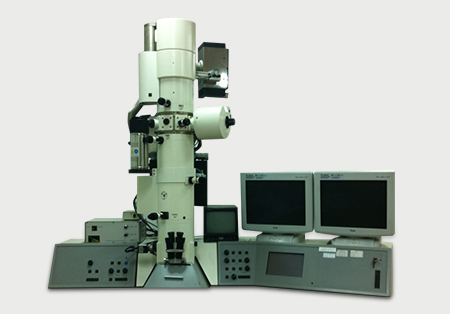
- 1. Scanning Electron Microscope (SEM)
- Separation Analysis
-
Separation Analysis
- 5. Liquid Chromatograph(LC)
Equipment for analyzing quantity of certain chemical substance through measurement of reaction size of each time by using mobile and stationery phases of liquid of component of compound.
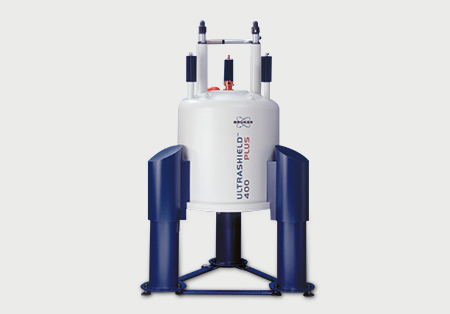
- 6. Gas Chromatograph(GC)
Equipment for analyzing quality, quantity and micro-ingredient of volatile organic/inorganic sample of which molecular size is under 500 by setting inert gas as mobile phase after evaporation of sample
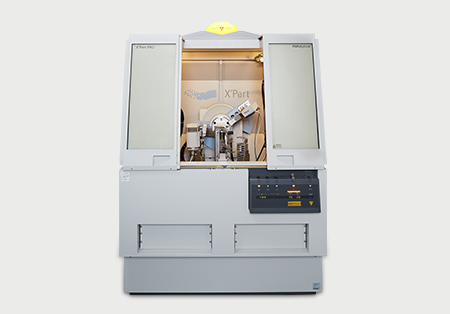
- 7. Ion Chromatograph(IC)
Equipment for analyzing quantity and quality of each ion element by using conductive detector after separating ion element passing ionic liquid sample through ion exchange column
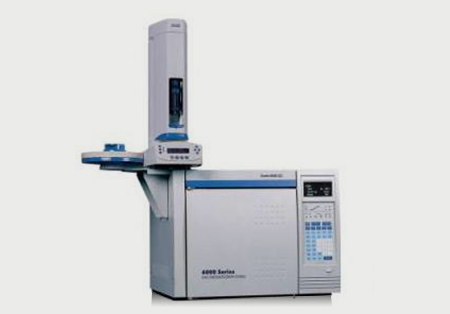
- 5. Liquid Chromatograph(LC)
- Mass Spectrometric Analysis
-
Mass Spectrometric Analysis
- 8. Liquid Chromatograph/Mass Spectrometer(LC/MS)
Equipment that combining the physical separation capabilities of Liquid Chromatography (or HPLC) with the mass analysis capabilities of Mass Spectrometry(MS)
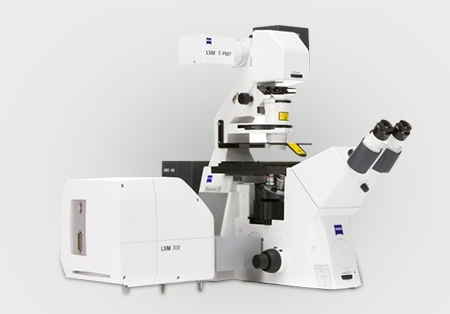
- 9. Gas Chromatograph/Mass Spectrometer(GC/MS)
Equipment that combines the features of gas-chromatography and mass spectrometry to identify different substances within a test sample
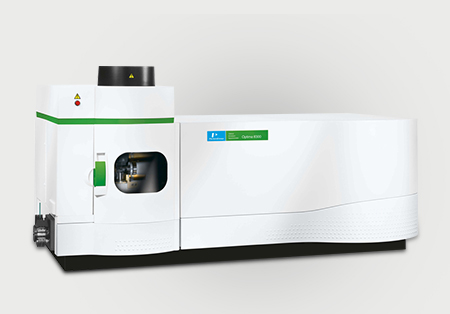
- 10. Inductively Coupled Plasma/Mass Spectrometer(ICP/MS)
Equipment which is capable of detecting metals and several non-metals at concentrations as low as one part in 1015 (part per quadrillion, ppq) on non-interfered low-background isotopes
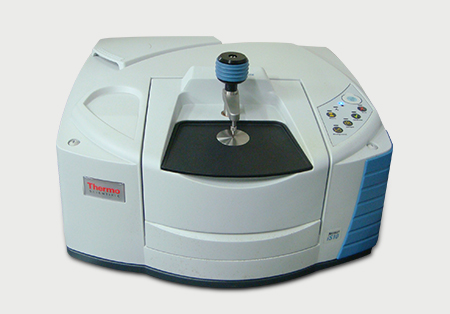
- 8. Liquid Chromatograph/Mass Spectrometer(LC/MS)
- Spectral Analysis
-
Spectral Analysis
- 11. Ultraviolet-Visible Spectrophotometer(UV/VIS)
Equipment for measurement of transmissivity and absorption of light by passing it onto sample after spectrum of certain wave (ultraviolet rays and visible light)
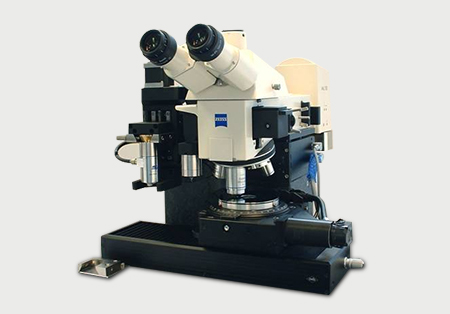
- 12. ourier Transform Infra-Red Spectrophotometer(FT-IR)
Equipment for analyzing quality and quantity of organic matter by analyzing absorption spectrum of substance by using radiation of infrared ray
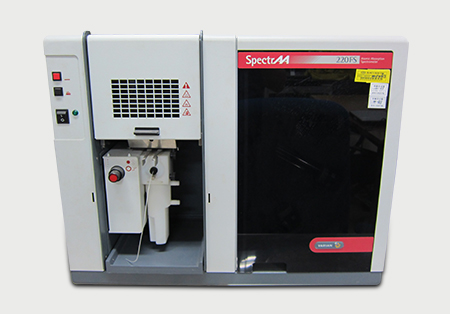
- 13. Nuclear Magnetic Resonance Spectrometer(NMR)
Equipment for analyzing structure of the substance by analyzing resonance between atomic nucleuses(carbon and hydrogen) and electromagnetic wave of certain frequency through strong magnetic field
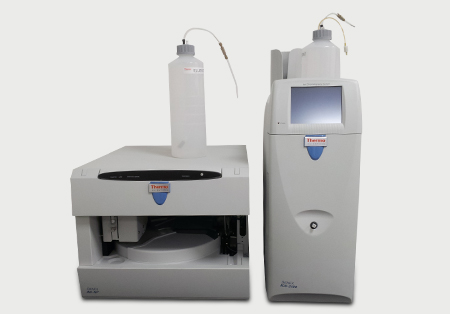
- 14. Atomic Absorption Spectrometer(AAS)
Equipment for analyzing ppm-level quantity of metal and metalloid (about 70 elements) by measuring the intensity of radiation absorbed by electronic transition on vaporized or ionized element
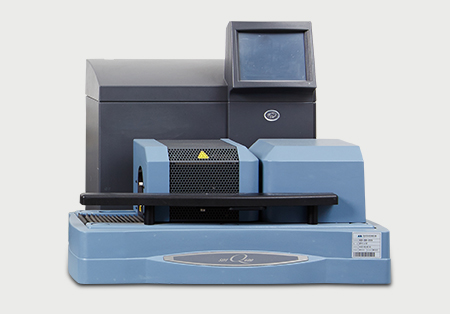
- 11. Ultraviolet-Visible Spectrophotometer(UV/VIS)
- X-Ray Analysis
-
X-Ray Analysis
- 15. X-Ray Fluorescence Spectrometer(XRF)
Equipment for analyzing quantity and quality of elements of organic/inorganic substances by using the 2nd X-ray (fluorescence) on sample by analyzing X-ray of the sample
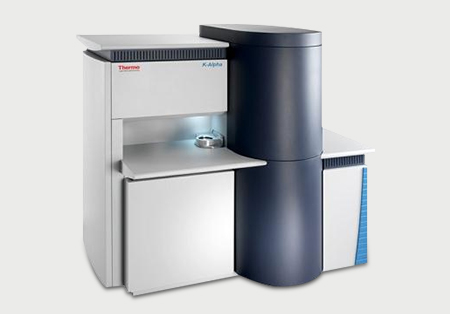
- 16. X-Ray Photoelectron Spectroscope(XPS)
Equipment for analyzing composition of surface of sample and chemical combination situation by measuring energy of photoelectron emitted by analyzing X-ray of the sample
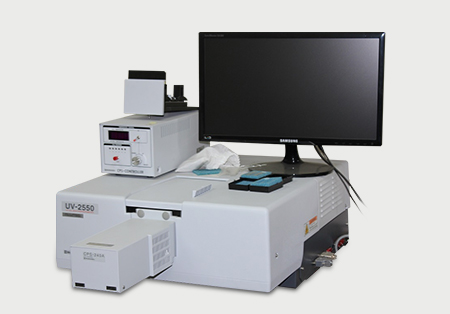
- 17. X-Ray Diffractometer(XRD)
Equipment for analyzing quality and crystal structure of the substance by analyzing diffraction pattern which appears through X-ray on sample
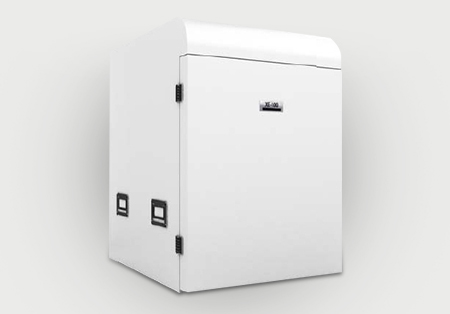
- 15. X-Ray Fluorescence Spectrometer(XRF)
- Physical Property Analysis
-
Physical Property Analysis
- 18. Thermal Analyzer(TA)
Equipment for measurement of changes in thermal property of sample by measuring physical properties, which changes according to changes in temperature, as temperature function
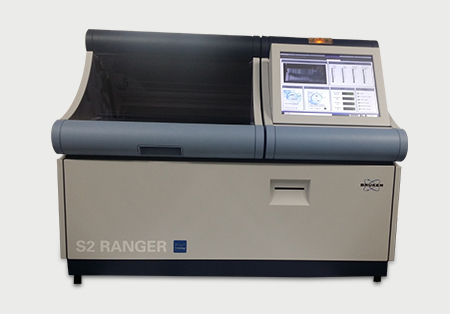
- 19. Particle Size Analyzer(PSA)
Equipment for analyzing particle size by using light scattering on particle surface of which certain wave is to be measured
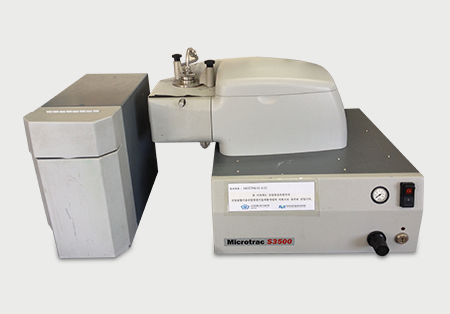
- 20. Elemental Analyzer(EA)
Equipment for providing information on molecular formula of unknown thing and analyzing the purity of matrix material by analyzing carbon, hydrogen, oxygen, nitrogen and sulfur which are major components of organic compound.
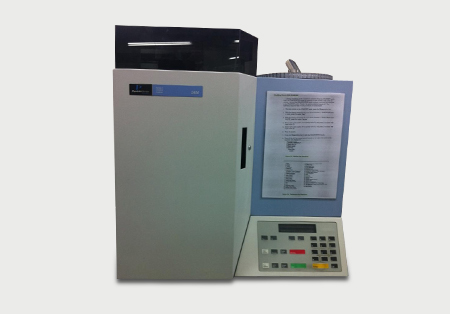
- 18. Thermal Analyzer(TA)
